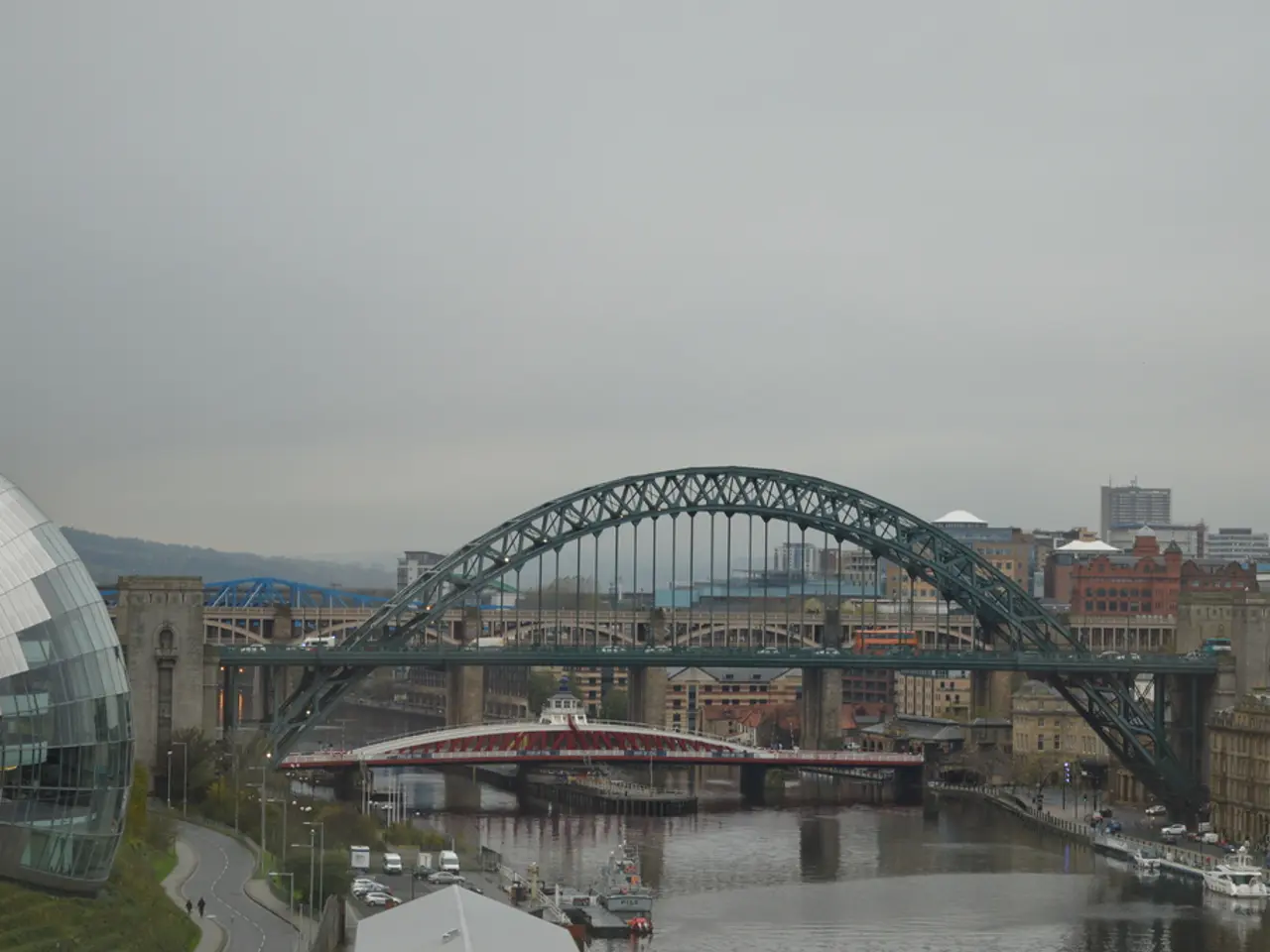Resilient Structures on Piles: Architectural Responses to Heavily-Drenched Skies and Inundations
In the face of climate change, cities around the world are grappling with the increasing problem of water-related issues, from floods to prolonged droughts. One such city is Venice, which experiences acqua alta floods, and the MOSE project is a controversial megaproject aimed at addressing this issue.
Meanwhile, innovative solutions are being developed to combat these challenges. Take, for instance, the Theater L'Île Ô in Lyon, an amphibious building that adapts to changing water levels and can absorb floods. This architectural marvel offers event halls, workshop spaces, training areas, and a rooftop terrace, demonstrating that sustainability and functionality can coexist.
The Netherlands, known for its water expertise, is at the forefront of these innovative solutions. Firms like Waterstudio NL are developing radical answers to problems arising from urbanization and climate change. One of their most notable projects is the Maldives Floating City near Male, which includes vibrant apartments, restaurants, boutiques, and a marina, aiming to combine sustainability and quality of life.
Waterstudio NL's collaborations with architecture firms outside the Netherlands have resulted in concrete proposals for addressing sea-level rise caused by climate change. These include designing floating buildings, adaptive modular housing, and innovative water management systems. For example, Waterstudio NL, in collaboration with Arkup, designed a multi-story houseboat with its own waste disposal, rainwater, and water treatment system, capable of withstanding a hurricane.
The city of Singapore has also embraced these innovative solutions. Atelier Dreiseitl's renovation of Bishan Park transformed a 2.7-kilometer-long drainage canal into a meandering nature reserve, making it one of the city's most popular destinations.
Unfortunately, cities like Jakarta, Miami, Lagos, and Venice are already struggling with floods due to rising sea levels. The IPCC predicts a sea level rise of at least one meter by 2100, with more dramatic rises possible depending on location. It is clear that these innovative solutions will become increasingly important in the coming years.
As we navigate the challenges posed by climate change, it is heartening to see the creativity and ingenuity being applied to develop sustainable, functional, and resilient cities. These solutions offer hope for a future where cities can thrive despite the rising waters.
Read also:
- Parliamentary Meetings in the Federal Diet of Germany this Week
- A Meniscus Tear refers to a common knee injury that occurs when the meniscus, a crescent-shaped cartilage within the knee joint, becomes torn or damaged.
- Startupopportunities available at the European Health Congress; submissions accepted for potential collaborations
- Lockdowns fuel COVID-19 threat perception, according to recent research in the UK




